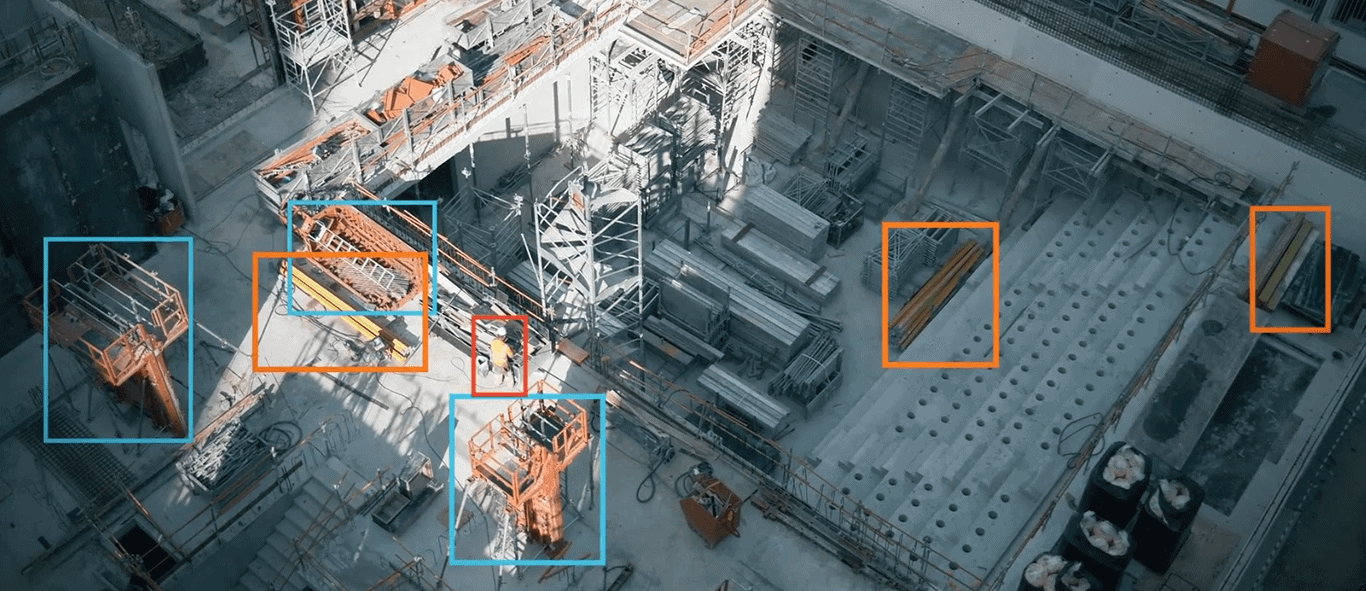
Bouygues Construction goes down the path of artificial intelligence
4 minutes of reading
April 2018 – Cédric Vilani, a deputy of the La République en marche (LREM) party in Essonne, publishes a reference document on artificial intelligence. It namely gives a few indications on the consequences of artificial intelligence development on the construction sector. At Bouygues Construction, are we ready?

What do we mean?
“The statistics algorithms which form the basis of machine learning and artificial intelligence have existed for several dozen years. What has radically changed is the omnipresence of wireless networks (3G/4G/5G/Lora/Sigfox/Bluetooth, etc.)” explains Damien Delbende, manager at Bouygues Construction’s DataLab, the Group’s department in charge of exploring new use cases using internal and external data. “Thanks to these networks, information may travel very quickly, at the speed of light, from suppliers to consumers. This enables us to expand the possibilities, not only in our daily lives but also on numerous and varied markets. To go further still, the various types of information gathered may be cross-referenced, enriched and used for quick calculations which create even more value,” he adds. The term “Artificial Intelligence” is as trendy as the uses to which it is put. Before, when it was first developed, “working with smart robots” was exclusive to highly digitalised professions: telecoms, banking, insurance, etc. Today, this technology has infiltrated more concrete professions, with even greater possibilities for added value, especially regarding the use of connected robots. In addition to the quick, complex calculations that are now possible and serve to establish solid predictions, the added value of Artificial Intelligence is its imitation of human behaviours. Thanks to research on “computer vision” and “natural language processing”, machines are able to see, read and talk. The aim is for them to collaborate seamlessly with humans using a high level of intuitiveness. Artificial intelligence is everywhere and can be integrated into any profession, including occupations requiring field work. This is wonderful news which will benefit employees and site workers who sometimes perform repetitive and arduous tasks.One use already tested and developed
Currently, the main areas of research explored by Bouygues Construction are connected cities, connected buildings and connected work sites. “Considerable progress may be made on all 3 levels by introducing Big Data and AI technologies, ” underlines Damien Delbende. Trials are currently taking place on the work sites. For example, works supervisors use sensors and cameras to help them track and anticipate work site tasks and potential hazards. (This experiment is done in association with the Chair 4.0. To learn more, click here.) In terms of Connected Buildings, experiments took place at the Paris district court handed over a few months ago to detect operational anomalies in the buildings via an automated analysis of the consumption patterns at the counters installed. Finally, for the Smart City project in Dijon, studies on connecting various services to the city during events are being carried out (management of traffic, public transport, police services, cleaning operations, etc). This would enable better flow management and improved comfort for all residents and users while preserving privacy and ethics, as these questions are raised by such innovations. A new dimension is here and opportunities have already been seized: keep a close watch on the subject!More reading
Read also




What lies ahead? 7 megatrends and their influence on construction, real estate and urban development
Article
20 minutes of reading

